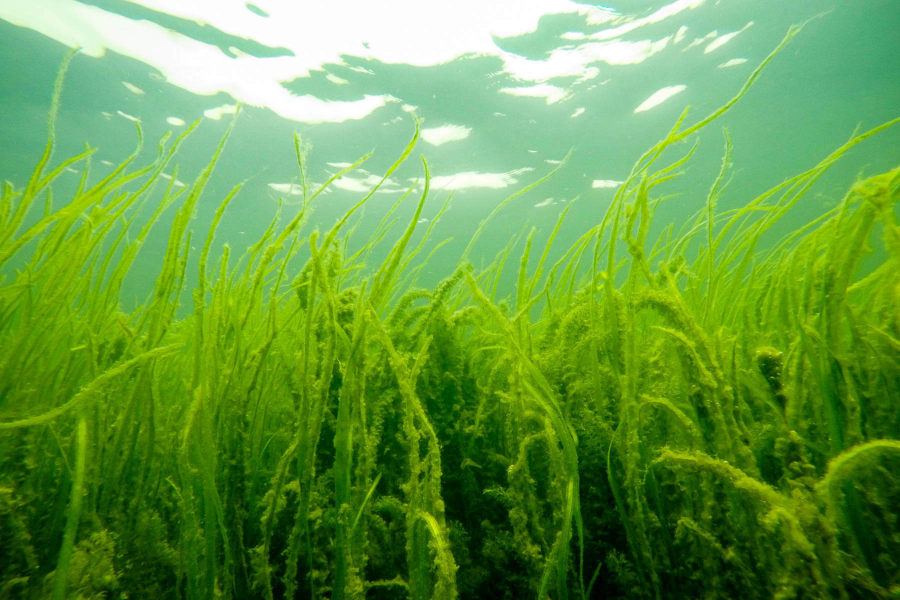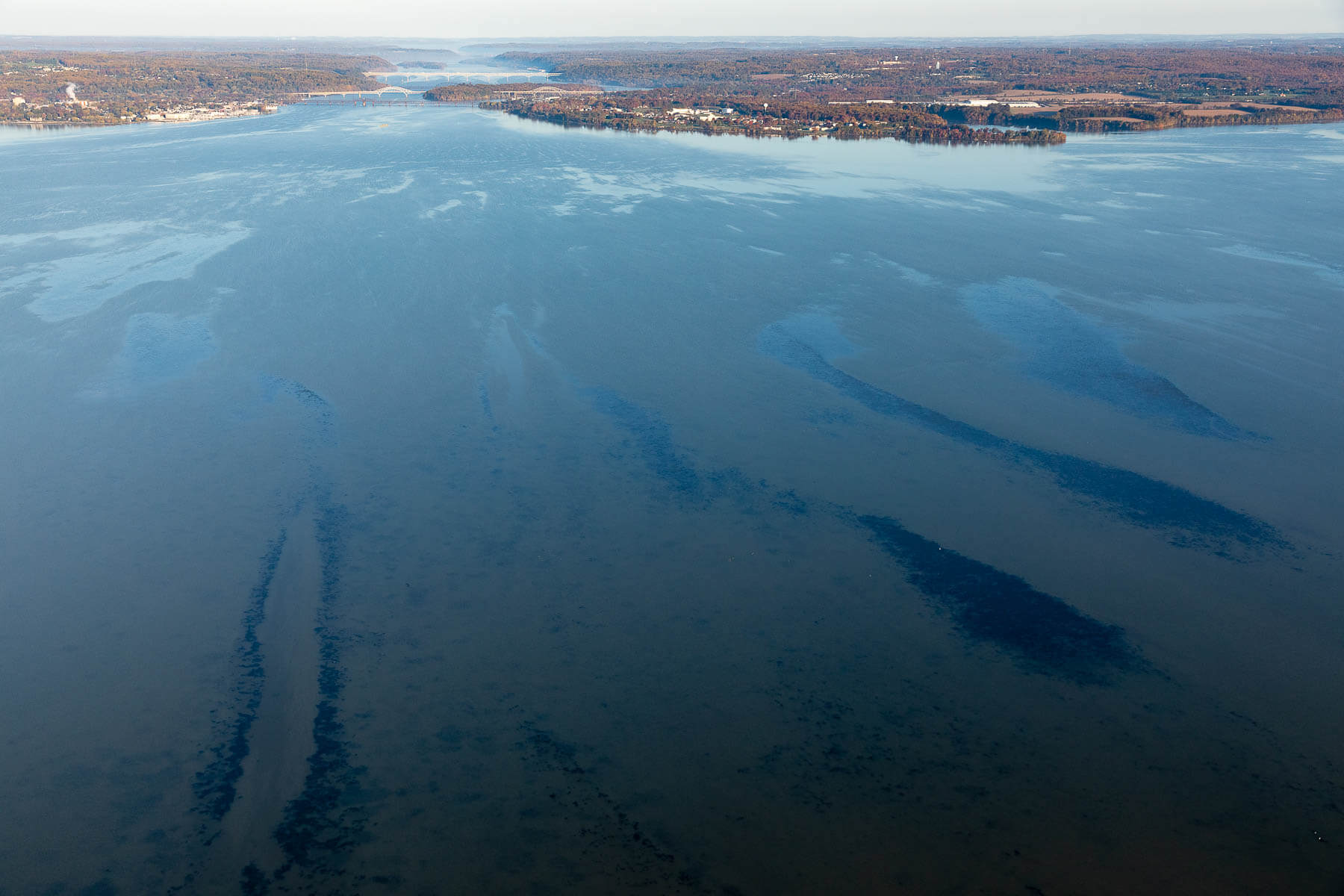What do more underwater grasses mean for Chesapeake wildlife?

The news this summer has been dominated by the decline of the Chesapeake Bay blue crab. Back in May, the Maryland Department of Natural Resources announced that the Bay-wide Blue Crab Winter Dredge Survey, an annual effort to estimate the number of blue crabs in the Chesapeake Bay, showed that the total abundance of blue crabs in the Bay had fallen from a population of 282 million in 2021 to 227 million in 2022—the lowest abundance observed since the survey began in 1990.
This news also had a small glimmer of hope—the juvenile blue crab population had risen from 86 million in 2021 to 101 million in 2022. You see, underwater grasses act as a nursery for juvenile blue crabs. With more underwater grasses throughout the Bay, we are bound to encounter more juvenile blue crabs. After three years of declining underwater grass abundance, there was an increase in 2021, so it makes sense why we saw an increase in juvenile blue crabs in 2022.
Underwater grasses also provide habitat for fish, are a food source for small invertebrates and migratory waterfowl, absorb excess nitrogen and phosphorus, trap sediment and help slow shoreline erosion. They are an excellent indicator of water quality since they are very sensitive to pollution. In 2021, we observed a slight increase in underwater grass abundance at 67,470 acres. This was almost 9% more than what was estimated the previous year, but still has a long way to go before meeting the ultimate restoration goal of 185,000 acres.

There are several different types of underwater grasses, but it is usually widgeon grass that is to blame or celebrate for how the grasses look each year. Widgeon grass fluctuates annually because it is highly susceptible to changes in the weather, as well as pollution. It experienced a heavy decline in 2019 and we are only now seeing its slow recovery in the salty waters near the mouth of the Bay. For instance, in 2021, underwater grasses saw an increase in the tidal Rappahannock River, as well as Mobjack Bay.
Unfortunately, it is not recovering quite as well in the middle portion of the Chesapeake Bay. Both the Choptank River complex and the Eastern Bay saw significant declines along Maryland’s Eastern Shore, while the Severn and Magothy rivers decreased on the Western Shore.
And in the upper reaches of the Bay, the news is mixed. Underwater grasses declined in the Elk River but increased in the vast Susquehanna Flats.
What can you do to help the grasses, and likewise the critters, of the Bay? Help reduce the amount of pollution that enters the water in your backyard, trim your motors while boating over grass beds and don’t rip out underwater grasses when you see them growing in the water. Remember, that may be a blue crab’s home.

Comments
There are no comments.
Thank you!
Your comment has been received. Before it can be published, the comment will be reviewed by our team to ensure it adheres with our rules of engagement.
Back to recent stories